How Zegna ‘killed’ the tie – and saved the suit
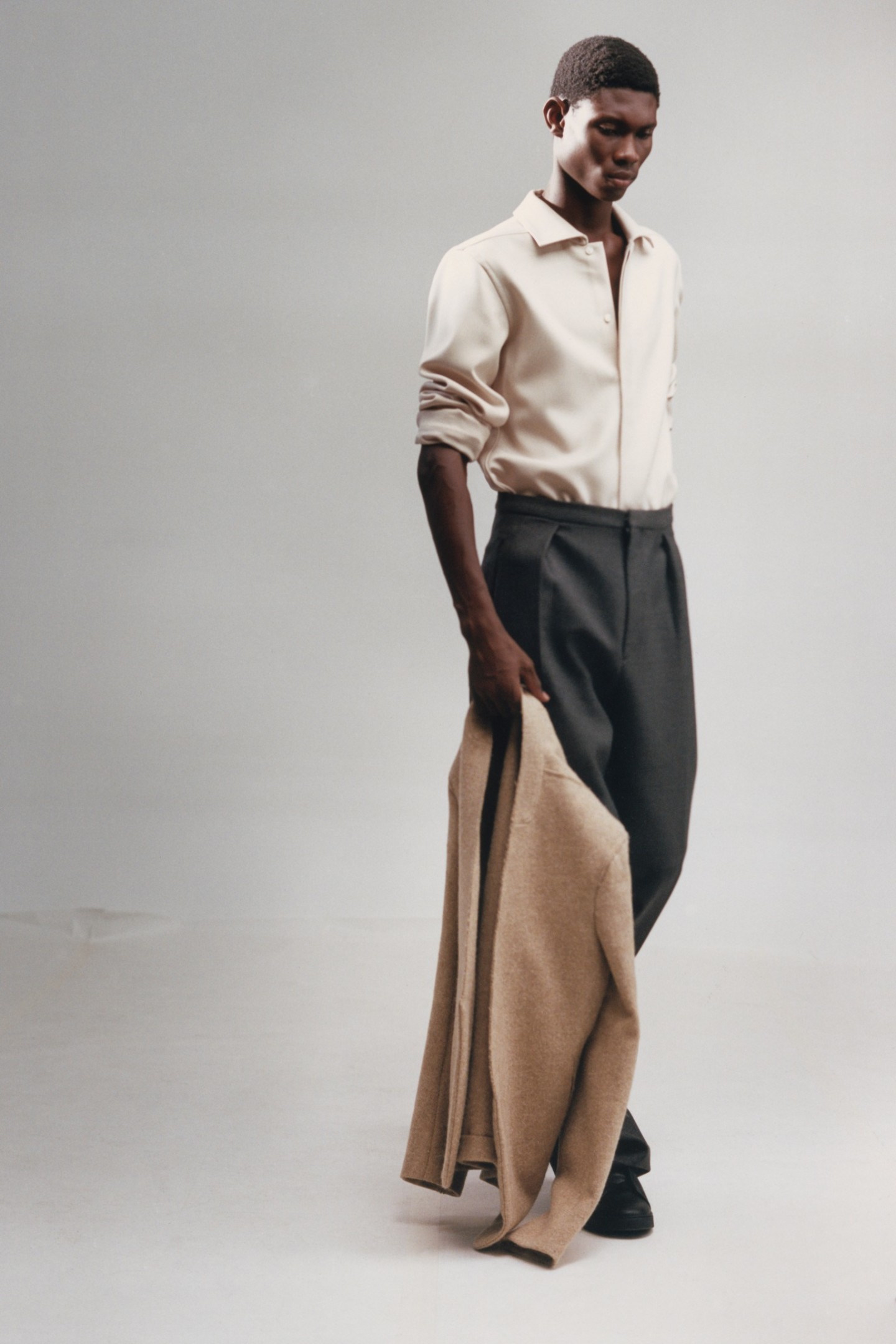
Roula Khalaf, Editor of the FT, selects her favourite stories in this weekly newsletter.
Among the pastel neoclassical terraces that line Milan’s streets, Zegna’s glass-fronted headquarters stands out like a modernist beacon. Behind the façade, saw-tooth roofing, footbridges and a secret garden mimic the brand’s wool mill and nature park in Piedmont, northern Italy, where Ermenegildo Zegna started his company in 1910.
Inside, sitting in an expansive showroom, artistic director Alessandro Sartori is explaining how Zegna anticipated, long before the ubiquity of lockdown-inflicted casual wardrobes and the “quiet luxury” movement, that the suit as we know it – the backbone of the brand’s business for more than half a century – had had its day. “The evolution of tailoring has always come through removing things,” says Sartori. “If you look at the history of fashion, we’ve lost many different objects and details – rigid hats, waistcoats, things that weren’t necessary.” The 56-year-old is wearing a black poloneck under a black collarless jacket with three-quarter-length sleeves and matching tailored trousers: a sleek lesson in smart-casual dressing. “The tie was the first thing I killed. I’m a murderer. It was not necessary, and it was linked to an old-fashioned image.”
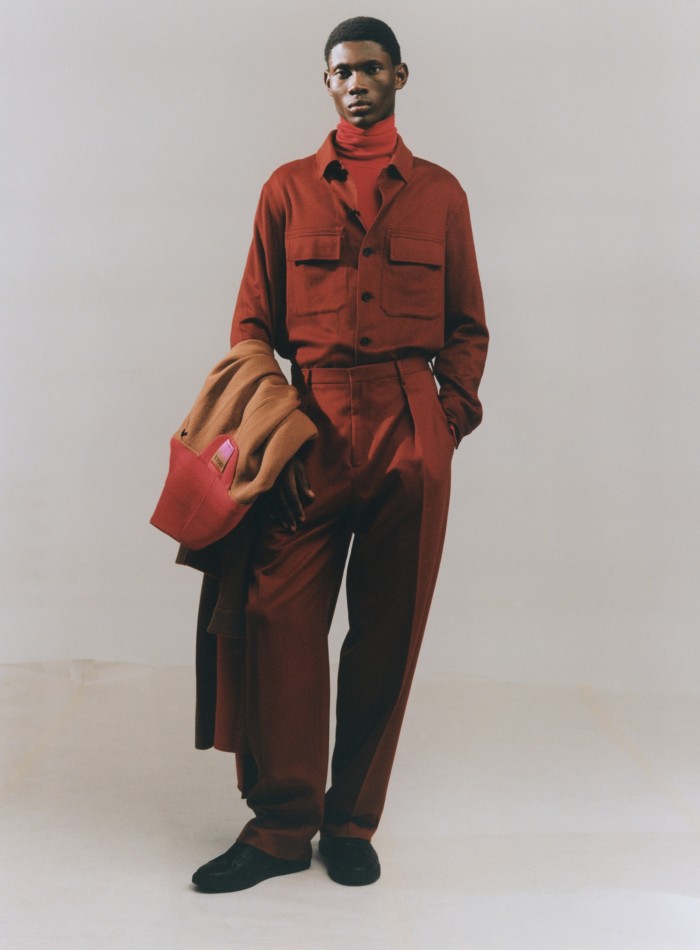
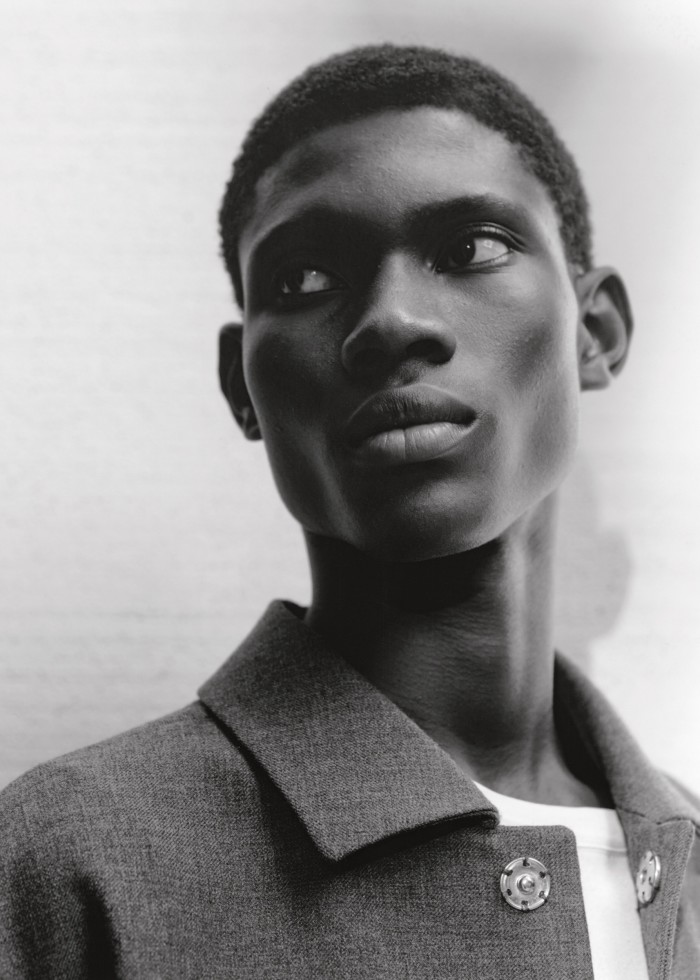
The future of the suit and its accoutrements has been one of the more contentious menswear debates in recent years. Some proclaimed it dead long ago, suffocated by the dominance of sport- and streetwear in modern apparel; others say it’s having a resurgence, citing increases in formalwear sales. And traditionalists, those still holding onto the ceremony of the centuries-old get-up, insist it never did – and never will – go away.
Zegna has proven itself to be an authority on the subject. Its pivot away from traditional tailor into an elegant casualwear brand has been justified with strong profits, while culturally it’s become a barometer for the menswear landscape and how men want to dress now. Ermenegildo Zegna Group – which also owns Thom Browne and recently acquired Tom Ford’s fashion business – saw a 16 per cent rise in revenue in 2022 to around €1.5bn, with €65mn in profit. The company’s revenues for the first half of 2023 reached €900mn, up 23.9 per cent year-over-year, and it’s on track to surpass its €2bn target by 2025.
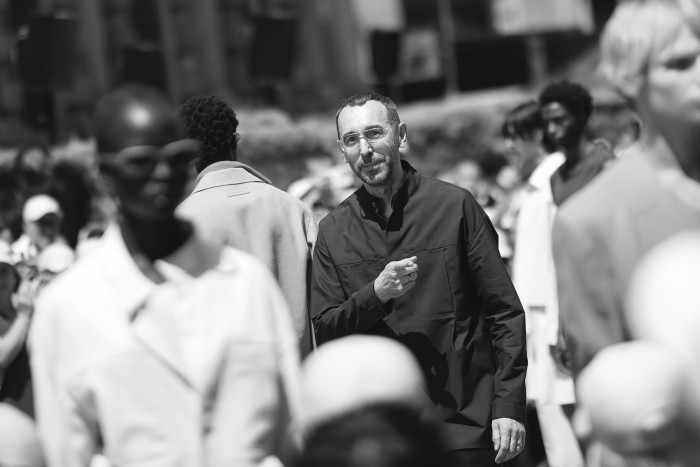
Ermenegildo Zegna founded his brand more than 110 years ago, supplying textiles, particularly fine suit fabrics, to companies in Italy and, later, the United States. In the ’60s, under Zegna’s sons Aldo and Angelo, the company introduced ready-to-wear suits, and in the ’70s it launched a made-to-measure service, Su Misura. Zegna opened boutiques in Paris in 1980 and Milan in 1985, and in 1991 became the first luxury menswear brand to open in China.
When Sartori took over as artistic director in 2016, he had the weight of this tailoring heritage on his shoulders. The designer, who grew up in his mother’s dressmaking workshop in Piedmont, made his first suit aged 14, which turned out to be a “disaster” – but laid the foundation of his career. Sartori first started working at Zegna in 1989, straight out of design school, working his way up to being the creative director of Z Zegna, the brand’s fashion-forward arm, for eight years. He left the company to join Berluti, the LVMH-owned shoemaker, in 2011, where he established the brand’s ready-to-wear business and helped to grow annual revenues from less than €30mn in 2011 to more than €100mn in 2016.

When he was pulled back to Zegna in 2016, his conversation with chairman and CEO Ermenegildo “Gildo” Zegna – the third-generation family member to run the business – centred around what the future of the brand and, by extension, the suit, would look like.
The first target was the shape itself, to transform the two-piece into something “freer, fluid, easier, nicer, cleaner”, says Sartori. They conceptualised the idea of the modular suit – “the same fabrics, same colours, but with different ways of combining them”. A pair of tailored trousers might coordinate with an overcoat, as well as a chore jacket and blazer. Drawstring trousers might also match, all to be mixed with crewneck sweaters or hoodies.
The spring 2019 collection was the turning point, with track pants, bomber jackets and sweatshirts alongside casual suits – pieces that all chime with quiet luxury as we now know it. The same aesthetic is true of the current autumn-winter collection: deep-red tailored trousers are paired with an overshirt, and could also work with a cropped puffer jacket, while a grey rollneck slots under a worker jacket and a double-breasted blazer.
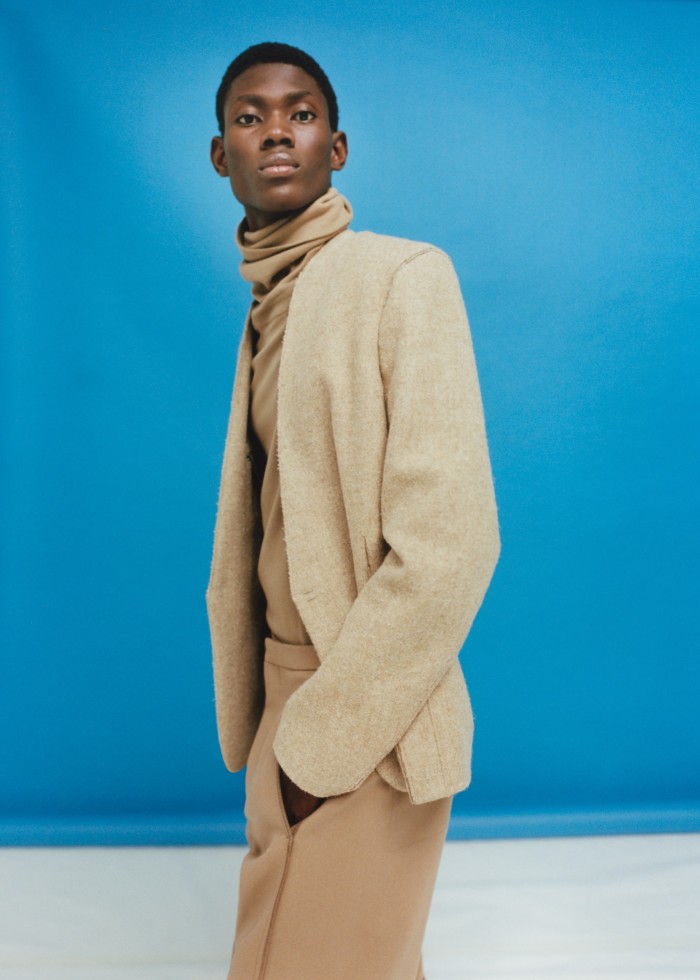
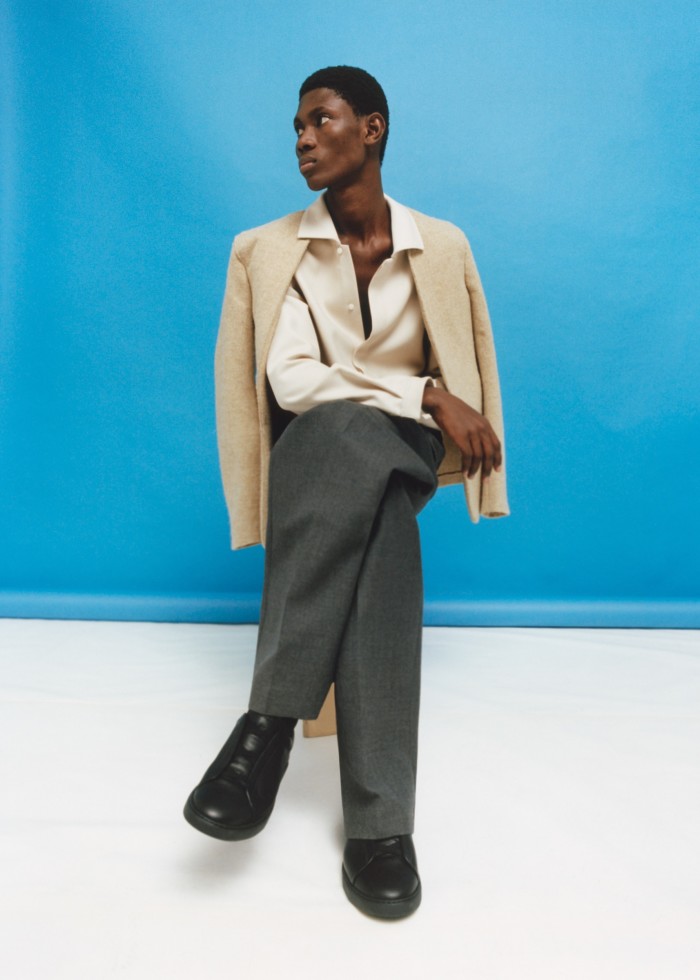
“The success of menswear brands is now down to their ability to have anticipated customer needs and customer trends,” says Bain & Company management consultant Claudia D’Arpizio. “So after a long period of disruptor menswear brands and the typical streetwear offering from luxury houses, there is now a trend for elevating this look while always remaining casual.” This “post‑streetwear” aesthetic is achieved through luxurious materials and shapes, as well as the hybridisation of precious and technical fabrics. “Even Gen Z, who were all about T-shirts with logos and sneakers, are getting more sophisticated,” adds D’Arpizio.
Zegna’s casualisation has been helped by collaborations with young, buzzy brands, including Fear Of God for AW20, and a new collection with LA-based brand The Elder Statesman. The latter includes an assortment of SoCal-inspired separates in sunny colours and prints, designed almost exclusively in cashmere – a big new push for Zegna. “I’m forever marvelling at how innovative it is as a brand,” says Julie Ragolia, who has styled Zegna’s shows since 2016. “Every piece of clothing, every fabric, is infused with layers of study and reasoning.”
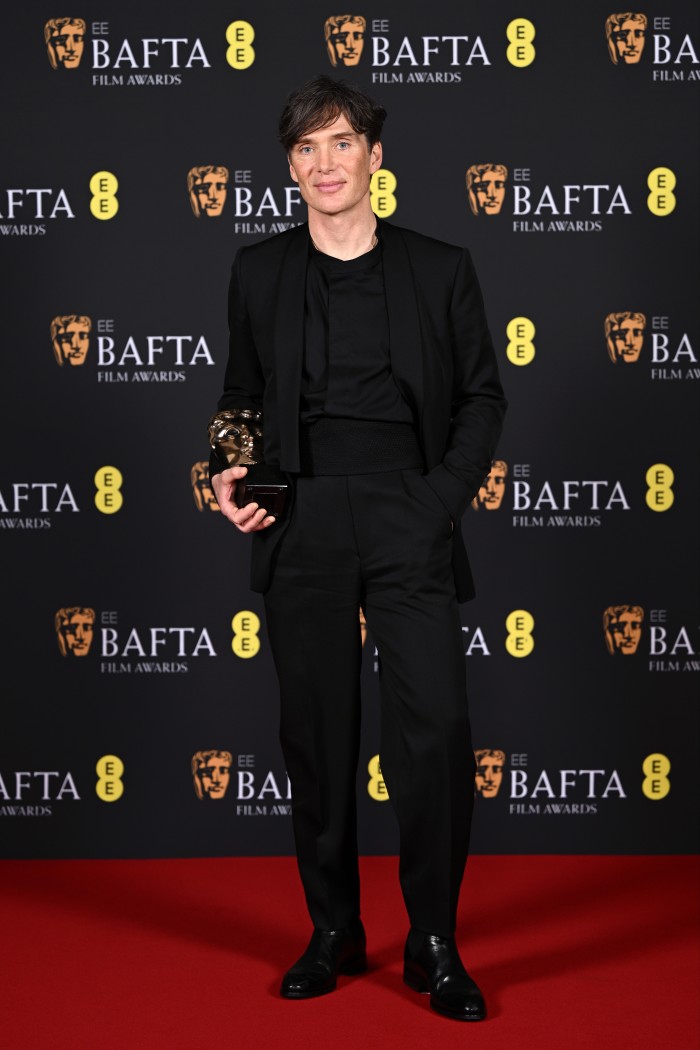

It’s all very well to wash our hands of the formality of the suit, but throwing away the foolproof set of rules that go with it leaves a lot of room for error. Anyone can follow a few sartorial guidelines and look half decent, but having an instinct for styling is much rarer. How does Zegna plan on doing this without leaving men floundering for options? “We are teaching our sales associates to style our customers, and now in every store we have one or two stylists who are working to help people – with colours, proportions, all the different elements,” says Sartori. “When you enter into this new casual landscape, it’s like opening a door to somewhere you’ve never been. You need to know what you’re doing – but that’s better in the long run.”

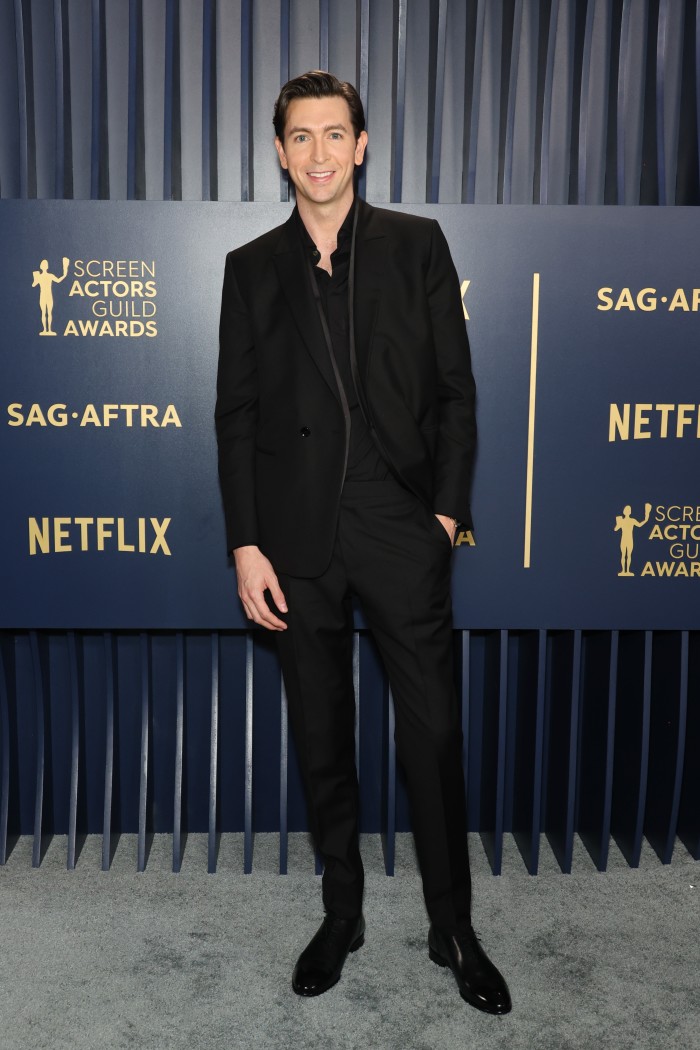
The challenge of styling is being aided by the launch of Zegna X, an omnichannel platform that connects customers with the brand’s style advisers outside its bricks-and-mortar stores, and uses a 3D configurator to generate 49 billion potential clothing combinations. “Our job is to help the customer put things together according to their own style,” says Gildo, who started his career working at Bloomingdale’s before joining Zegna’s board in 1989 and taking over as CEO in 1997. He heads the next generation of Zegnas guiding the firm: his sons, Edoardo and Angelo, have prominent roles in the company and are in prime positions to carry on the business one day; his sister Anna is in charge of Zegna’s charitable arm; his cousin Paolo is on the board. The aim of Zegna X, obviously, is to encourage customers to spend more, including the brand’s all-important VIPs. It’s currently only for use while shopping the made-to-measure luxury leisurewear category, but will be rolled out to others by 2024, including its formalwear.
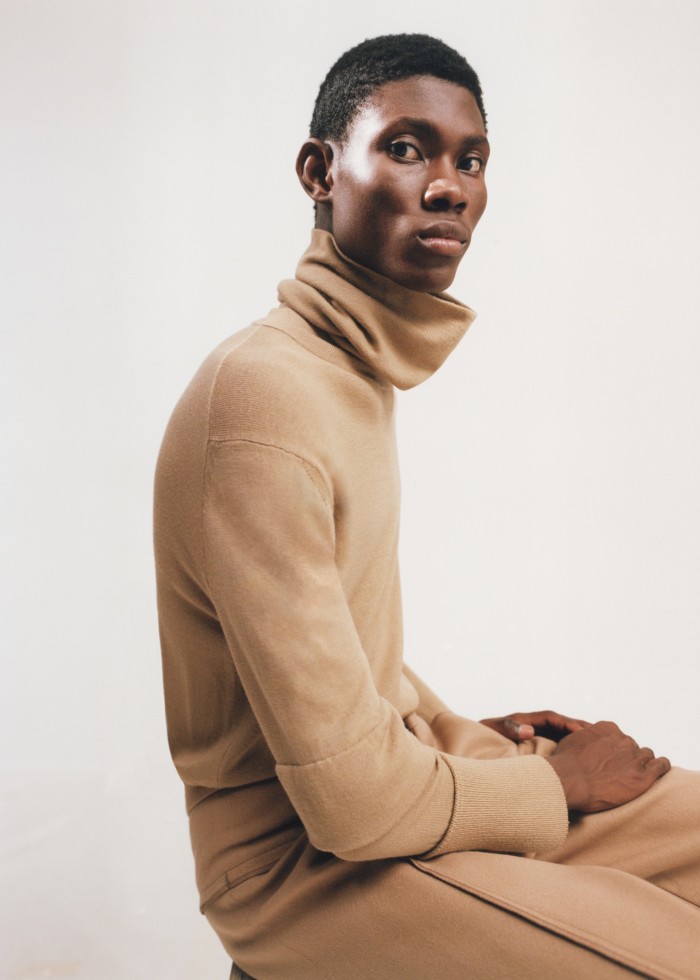
Which reiterates the point that casualwear, rather than suits, is where the money is in menswear. “The market is growing faster than what we can offer,” says Gildo. “[Our biggest revenue drivers] are all the casual categories – the overshirt is extremely important, the luxury sneaker, and knitwear is becoming bigger.” Central to this is the Triple Stitch, a slip-on that sits between a sneaker and a loafer that first launched in 2014. It has, by a long shot, become Zegna’s biggest-selling product, with growth in 2022 up 544 per cent compared with 2019. Sold in 25 different SKUs including deerskin, cashmere, leather and denim, the Triple Stitch rivals Loro Piana’s slip-on moccasins as the high-net-worth individual’s footwear of choice: Apple chief executive officer Tim Cook wore a pair on the cover of Time, and actor Kieran Culkin, best known for his role as Roman Roy on Succession, is the face of the shoe campaign.
Positioning itself as an outfitter to the ultra-wealthy was also one of the driving factors behind Zegna’s IPO on the New York Stock Exchange in 2021, becoming the first Italian fashion brand to do so. “I think it was very good marketing for our American customers… I see the new customers that are discovering Zegna or approaching Zegna every day on Wall Street... they took us more seriously after [the IPO],” says Gildo. “It also helps in forging the discipline to stay focused and to keep our promises, and to keep raising the bar.”
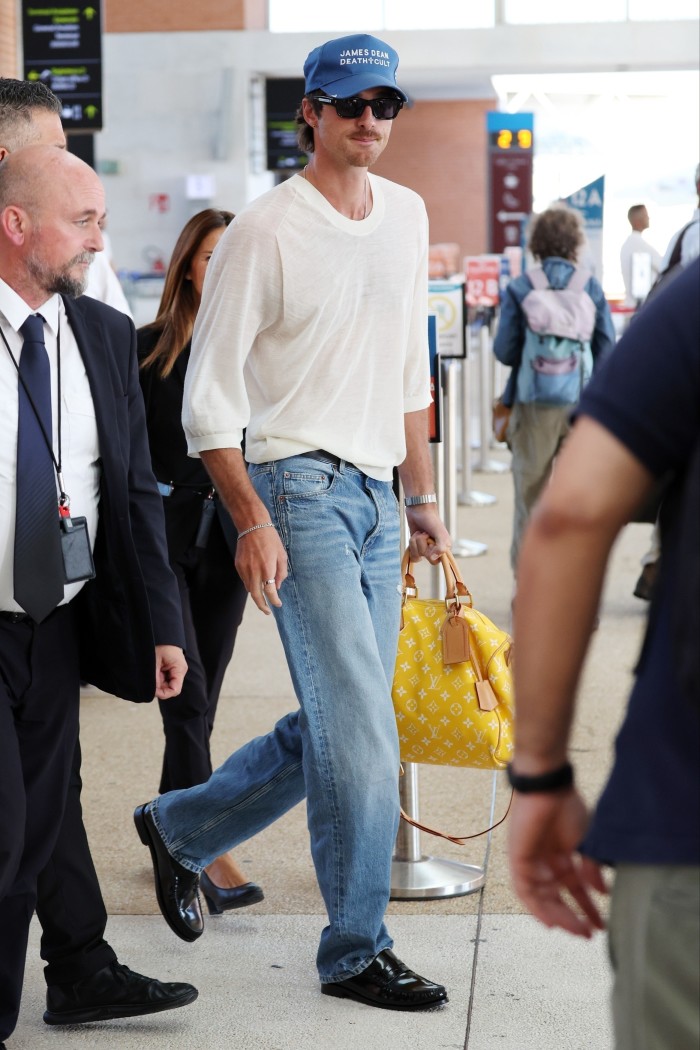
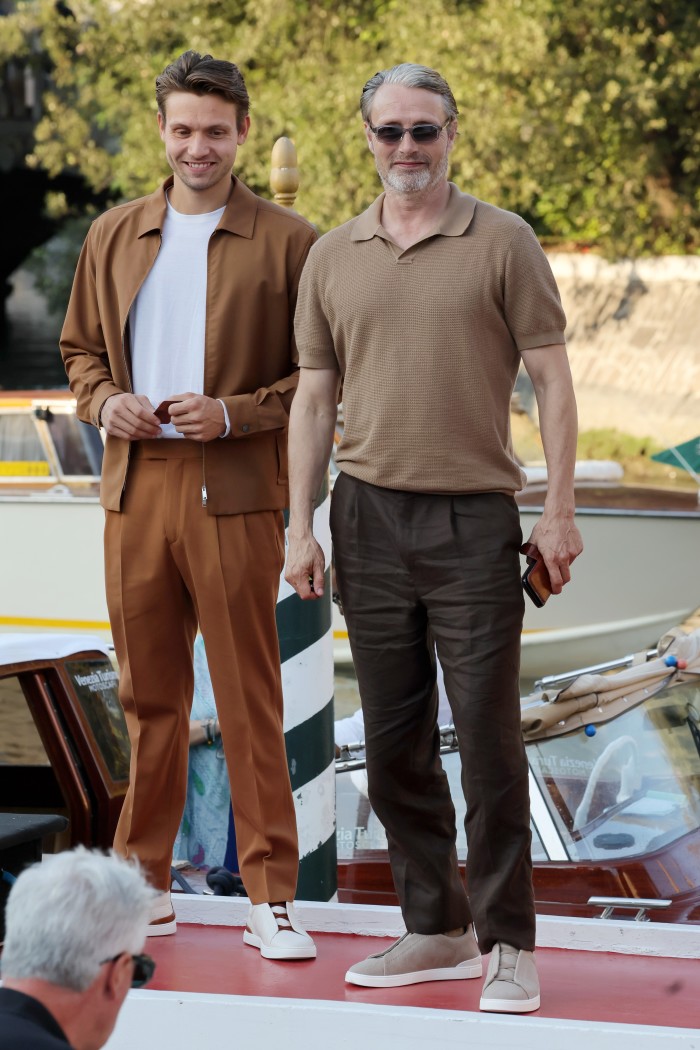
Among the Ermenegildo Zegna Group’s promises are a set of ambitious sustainability goals that play into the brand’s positioning as a conscious luxury brand. These include increasing its sourcing of renewable electricity from 22 per cent in 2021 to 100 per cent by 2027, and reducing its greenhouse gas emissions – including those produced by the company as well as those down its supply chain – by 50.4 per cent by 2032. In the longer term, the Group aims to reduce emissions by 90 per cent by 2050. Aiding Zegna’s green image is Oasi Zegna, a nature reserve owned by the company that spans 100sq km in Piedmont. “This is a fascinating project that my grandfather started in the ’30s,” says Gildo, “helping to plant one million trees and turning the area into a living mountain.” The road that snakes through the area’s dense forests is the inspiration behind Zegna’s only overt branding – a terracotta block with a black stripe – that occasionally adorns its clothes and accessories.
Of course, the Zegna family is still in the business of making suits – and there is a huge customer base who still needs and wants them. Its made-to-measure offering has always been strong, says Gildo, “and now we are back to 2019 numbers, which were very good”.
“It’s the formula one of our business,” he adds. “Being able to deliver tailoring within two weeks into stores is ‘mission impossible’, but I’m very proud that we are able to do that.” But Gildo, dressed today in a dark blazer with light chinos and an off-white shirt, symbolises the new era of Zegna – one that exists away from the two‑piece suit. “I haven’t worn a tie in two years,” he adds with a grin.
Model, Prince Diamond at PRM Agency. Casting, Tiago Martins at Ben Grimes. Hair, Rimi Ura at Calliste Agency. Make-up, Mayumi Oda at Bryant Artists. Photographer’s assistant, Christian Varas. Stylist’s assistants, Amelie Richard and Rémy Yombo. Make-up assistant, Laurine Maciejewski
This article has been revised to reflect the fact that Zegna’s revenues for the first half of 2023 reached €900mn rather than €90mn
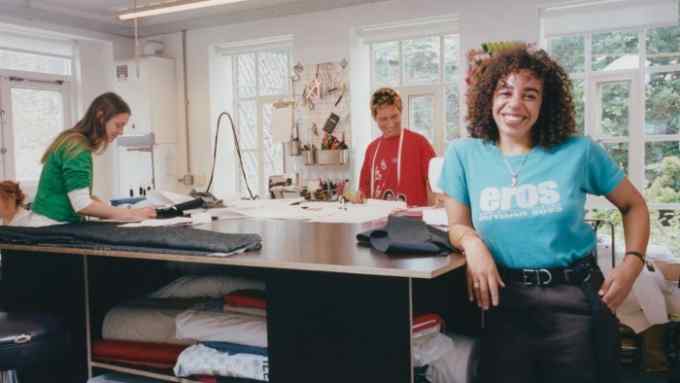
Comments